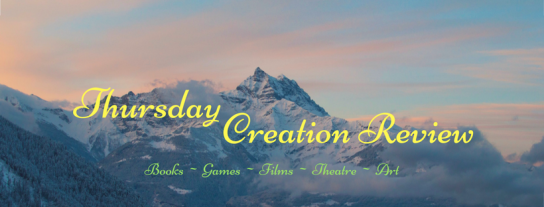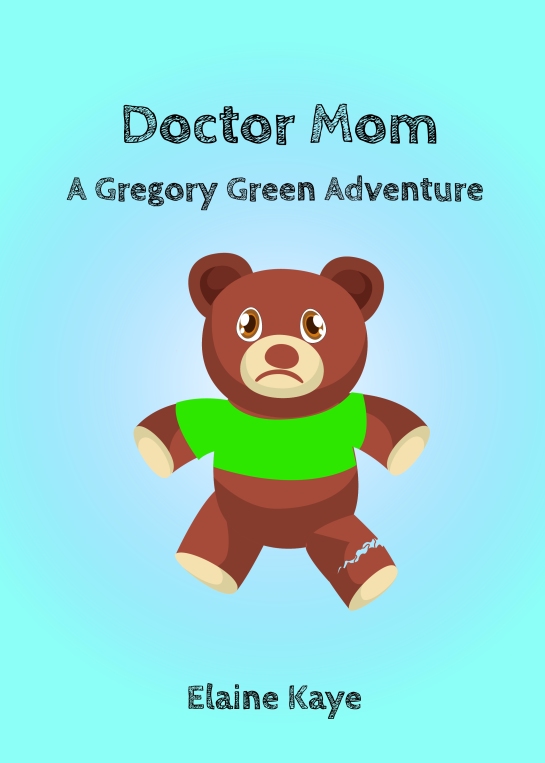
Today’s review post is of a book read for the Insecure Writer’s Support Group (Book Club). I read William Golding’s 1954 novel Lord of the Flies in February, and this is my belated addition to the group’s discussion. This novel was chosen by club members for how the author used symbolism throughout the story.

Lord of the Flies
by
At the dawn of the next world war, a plane crashes on an uncharted island, stranding a group of schoolboys. At first, with no adult supervision, their freedom is something to celebrate; this far from civilization the boys can do anything they want. Anything. They attempt to forge their own society, failing, however, in the face of terror, sin and evil. And as order collapses, as strange howls echo in the night, as terror begins its reign, the hope of adventure seems as far from reality as the hope of being rescued. Labelled a parable, an allegory, a myth, a morality tale, a parody, a political treatise, even a vision of the apocalypse, Lord of the Flies is perhaps our most memorable tale about “the end of innocence, the darkness of man’s heart.”
Review 4.5 stars
It’s hard to review a classic that has been around in many ways all my life from novel to screen. My first reaction was that it’s a gritty and a difficult read that may be literary in style, but the messages are there. The beast lives so why should kids be immune to its power? Yes, it could be written in other ways, – and it has been. But I understand the author’s intent (as does Stephen King).
In Lord of the Flies, symbolism is everywhere, from the moment a group of schoolboys are stranded on an uncharted island along an inevitable path to the heart-wrenching climax. As we meet the boys, each one is unique and typical of certain English schoolboys – like myself. Yet each one is an archetype that plays a specific role – none more so than Ralph, Piggy, Jack and Simon. Their distinct appearances add to their character and their roles as symbols.
The early scenes realistically show the boys forming groups, their personalities coming out in how they make friends – and in how they can quickly hurt the vulnerable people like Piggy. Tragic to see that bullying still exists today, although it is more often exposed – perhaps. (I was bullied but never like Piggy is.) However, at an early stage, it seemed that Piggy should be in charge, as the most grounded – the rational symbol of common sense…even if Ralph took that role in survivor’s eyes.
There were vivid images to establish the differences – from the choirboys like black-feathered creatures to the innocent, distracted young’uns. Sometimes, the imagery and description might feel heavily applied, but that can work if the reader lets the complexity carry their imagination to another level.
Golding paints images that show the multi-facets of symbols – like fire being the tool that nurtures society but also destroys. There is a cruel irony in the role that the signal fire plays and how the novel deals with the possibility of rescue.
Simon was crafted as both the hermit and the seer, just as the reader gets the sense that the beast is always real.
It’s hard writing this without spoilers just as it was hard to ignore the memories of Peter Brook’s film as I read, knowing what came next – and I know that the actors’ experiences mirrored the novel. Yet that inevitability as the story unfolds added to the fear that the writing engendered. There’s always that sense of the Lord of the Flies, aka the beast being unrelenting and still alive today. This might have been written in 1954 and a product of an era, and yet we live with the same underlying terrors.
Maybe our self-awareness, as portrayed most notably in Jack, has kept us from stumbling over a precipice and fuels progression as well as dangerous fascination. There is some dialogue at the end that hinted at adults not having the answer. Perhaps there is something in innocence after all.
So, a hard book to enjoy in the entertainment sense, but Golding as a master craftsman does incite a multitude of thoughts. That alone is worth four or more stars.
Story – four stars
Setting/World-building – four stars
Authenticity – five stars
Characters – five stars
Structure – five stars
Readability – four stars
Editing – four stars






![survivor-atoz [2018] v1 (1)](https://rolandclarke.files.wordpress.com/2018/05/survivor-atoz-2018-v1-1.jpg?w=545)





